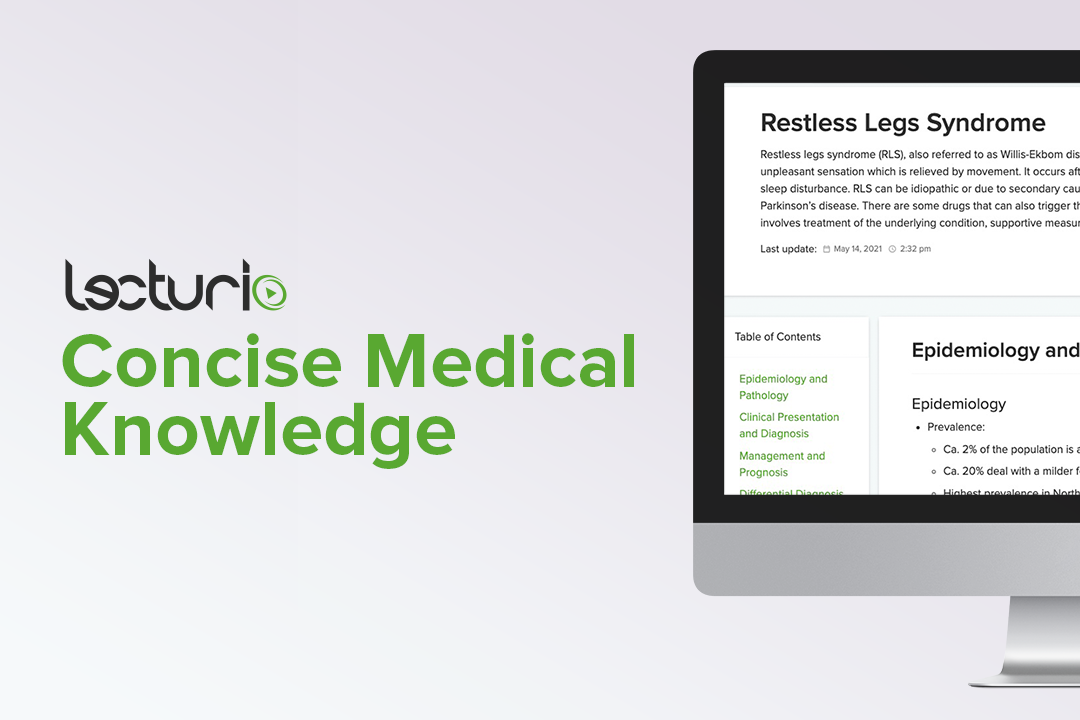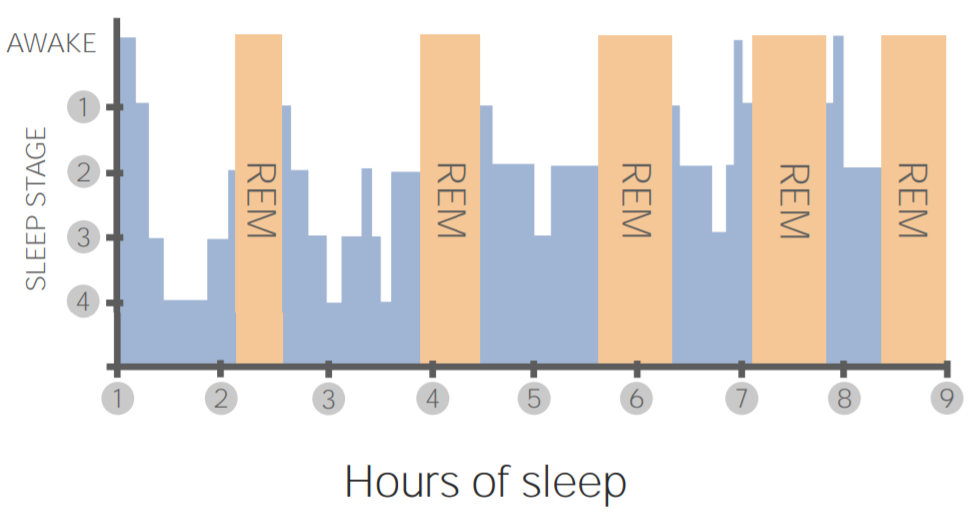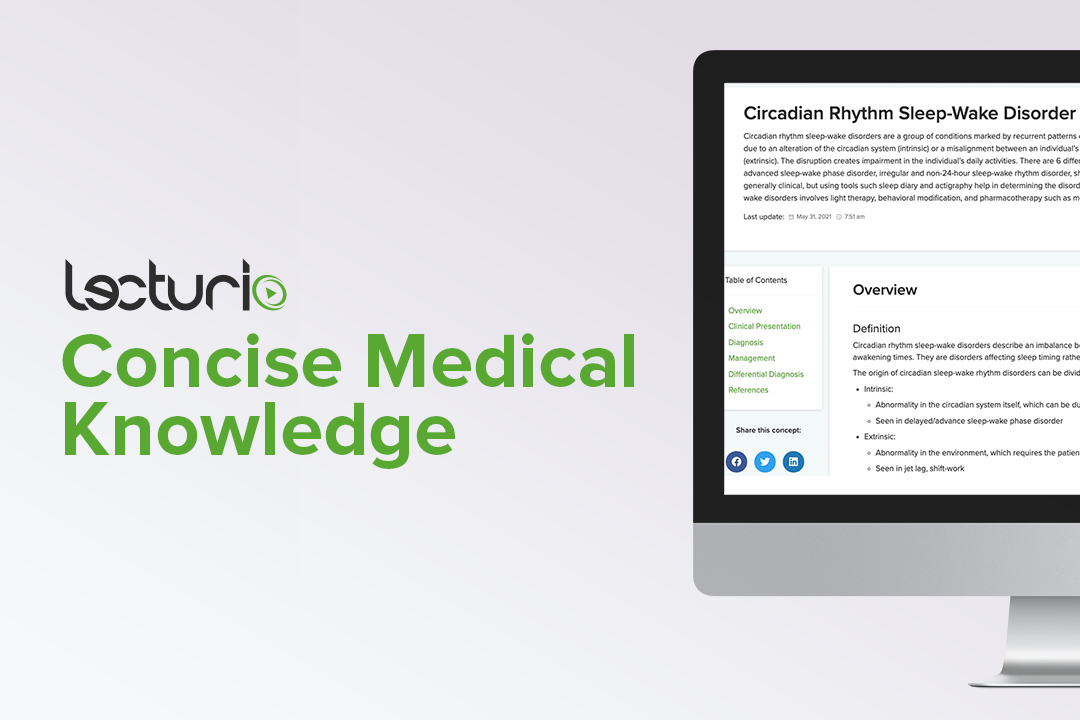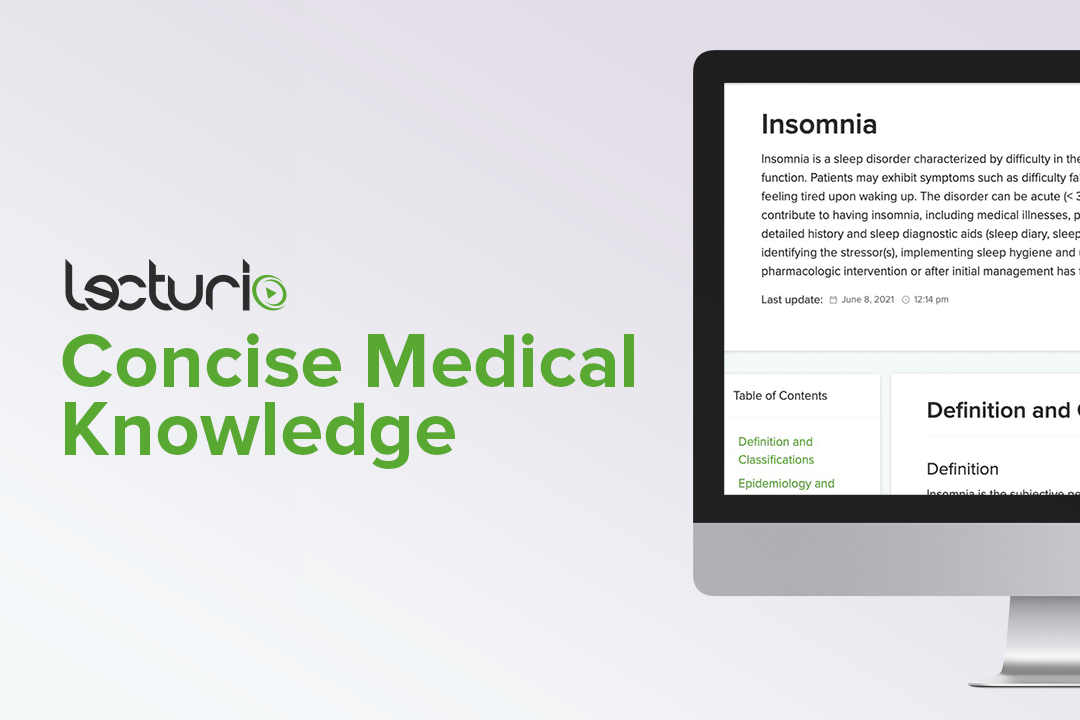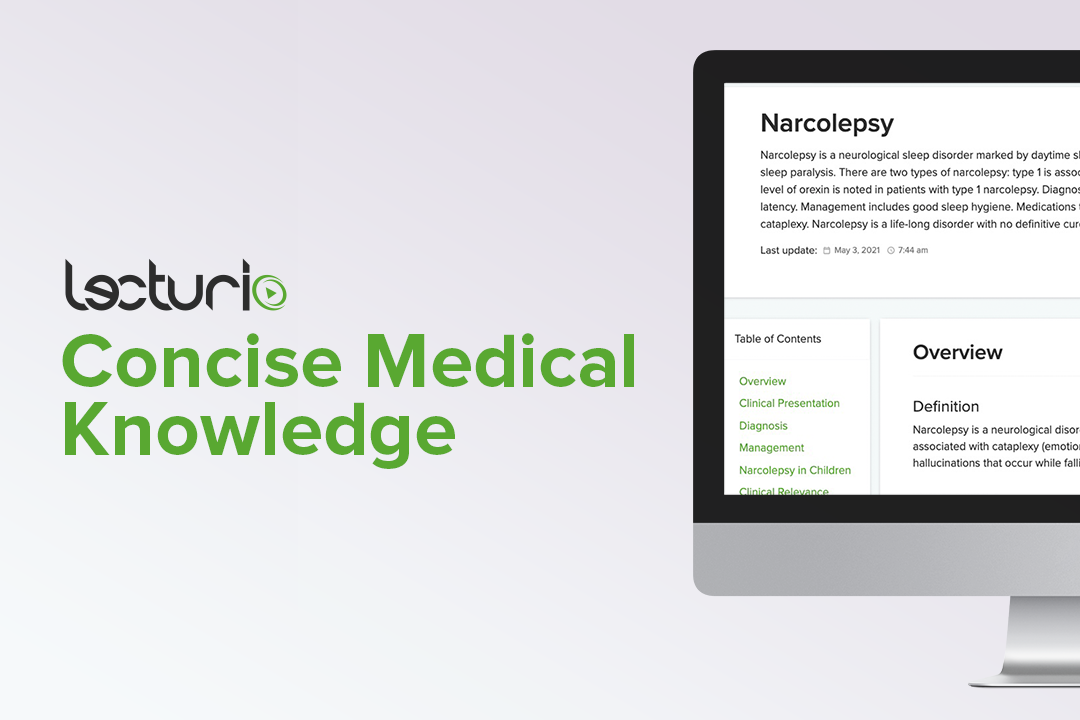Playlist
Show Playlist
Hide Playlist
Sleep Disorders (Dyssomnias)
-
Slides 12 Sleep Neuropathology II.pdf
-
Reference List Pathology.pdf
-
Download Lecture Overview
00:00 Our topic now brings us to dyssomnias. 00:04 So primary sleep disorders producing either difficulty initiating and maintaining sleep or excessive daytime somnolence. 00:14 Once again, keep separate initiation, maintenance, and how that then affects you during the day when you have sleep deprivation at night. 00:26 Dyssomnias: Narcolepsy, obstructive sleep apnea, restless leg syndrome, and insomnia are conditions that will – or dyssomnias that we shall take a look at. 00:39 Narcolepsy, excessive daytime sleeping. 00:42 Think of it as being sleep attacks. 00:46 Hypnagogic hallucinations. 00:49 Sleep paralysis. 00:51 Remember during the daytime. 00:53 And we have a term called cataplexy, which is a brief loss of muscle tone. 01:00 So at this point, during narcolepsy, if there is an attack of cataplexy, the muscle tone has been lost. 01:06 Consciousness, however, is preserved and often triggered by emotion, cataplexy as a symptom or as a sign of narcolepsy, First line treatment for narcolepsy is a stimulant called modafinil, but some patients also take other stimulants. 01:25 Solriamfetol is a selective dopamine and norepinephrine reuptake inhibitor that is a class of wake promoting agent that is sometime used. 01:33 And finally Pitolisant can be used for patients with cataplexy. 01:37 Another type of dyssomnia would be obstructive sleep apnea, excessive daytime sleepiness. 01:43 Why? Repetitive episodes of upper airway obstruction during sleep. 01:47 So in an adult, you’ll have the pharyngeal folds in which if they’re excessive, may then cause actual obstruction when trying to then breathe. 01:56 And so therefore, during the period of sleep, there might be apnea taking place and therefore, awakening the patient. 02:04 That’s fragmented sleep and so therefore, with that type of fragmented sleep that’s taking place, please understand that the daytime somnolence is taking place due to the lack of proper sleep at night. 02:17 Risk factors for sleep apnea include obesity, male gender, age over 50, craniofacial or upper airway abnormalities, and smoking. 02:26 Having sleep apnea is associated with an increased risk of stroke, hypertension, and myocardial infarction. 02:32 Management: Weight loss. 02:34 You have an obese individual, makes it more difficult to breathe at night. 02:38 Your excessive pharyngeal folds. 02:40 Your CPAP, continuous positive airway pressure, or even BiPAP. 02:45 And posterior pharynx decompression is important or is a possibility if weight loss and the positive airway pressures seem to be ineffective. 02:57 Here, we have restless leg syndrome. 03:00 Excessive daytime sleepiness here as well. 03:03 So all of these, these three conditions of narcolepsy, but those are sleep attacks, and that really doesn’t – It’s not contingent upon not having proper sleep at night whereas obstructive sleep apnea. 03:18 And there are variants of it. 03:19 At this point, I just want you to be introduced to a few things one at a time. 03:24 But here, in restless leg syndrome, excessive daytime sleepiness, you have disagreeable, difficult to describe sensation in the legs when recumbent. 03:35 And so therefore, your patient is going to tell you that on perhaps a long plane ride, that all of a sudden, they have these sensations in his legs that are very difficult to describe, that keeps them extremely awake. 03:50 Almost irresistible urge to move those legs and associated with iron deficiency, uremia, and alcohol use. 03:59 So these are things that you are going to check for, please, if your patient is presenting and describing these sensations down in the legs, they seem to have this – They seem to motivate the patient to have this irresistible urge to move. 04:14 Management: Perhaps dopamine agonist. 04:18 And underlying condition if identified such as – Remember, if it’s a female that is presenting as such, well, one of the most common causes of iron-deficiency anemia in a female would be her menstrual cycle, right? So maybe you want to address that so on and so forth. 04:35 Here, the topic is parasomnia. 04:38 Let me put this into perspective for you. 04:40 This particular topic is being covered in behavioral science with parasomnias, but I want to make sure that you’re clear about the definitions. 04:48 What we’ve walked through thus far has been dyssomnias and, by dyssomnias, referring to the narcolepsy, which were sleep attacks; the obstructive sleep apnea that I’ve gave an introduction to; and your restless leg syndrome. 05:03 And these are conditions in which the patient felt excessive sleep during the day but for different reasons. 05:09 Those were known as dyssomnias. 05:11 Now, with the parasomnia, in other words, think of this as being your paranormal. 05:17 You’ve heard of that before? For example, here, parasomnia would be during the event of sleep, the patient has nightmares, night terrors, or walks during the sleep. 05:30 And all of these, can be then referred to in greater detail in behavioral science. 05:35 And here’s a list of this important parasomnias: Sleepwalking. 05:39 Now, sleepwalking, the patient wakes up and goes about their business, meaning to say that they’re not awake, but they’re walking down the hall in their home. 05:48 Somnambulism or sleep walking. 05:50 And sleep terrors is part of parasomnia. 05:54 Nightmares, you want to keep this separate from your sleep terror. 05:59 You have something called sleep bruxism. 06:01 And then you have sleep paralysis. 06:04 And this is a very good list of high yield parasomnias. 06:08 Make sure that you’re able to distinguish one from the other and this can then be gotten from your behavioral science.
About the Lecture
The lecture Sleep Disorders (Dyssomnias) by Carlo Raj, MD is from the course Sleep. It contains the following chapters:
- Dyssomnias
- Narcolepsy
- Obstructive Sleep Apnea
- Restless Legs Syndrome
- Parasomnias
Included Quiz Questions
What are signs of cataplexy? Select all that apply.
- Brief loss of muscle tone
- Sustained shaking, uncontrolled movement
- Permanent disfiguration
- Preserved consciousness
- Emotional trigger
Which of the following conditions is associated with decreased iron stores?
- Restless leg syndrome
- Narcolepsy
- Cataplexy
- Obstructive sleep apnea
- Parasomnia
Obstructive sleep apnea is associated with all of the following EXCEPT...
- ...weight loss.
- ...myocardial infarction.
- ...obesity.
- ...stroke.
- ...hypertension.
Customer reviews
5,0 of 5 stars
| 5 Stars |
|
5 |
| 4 Stars |
|
0 |
| 3 Stars |
|
0 |
| 2 Stars |
|
0 |
| 1 Star |
|
0 |

